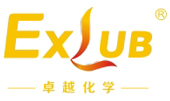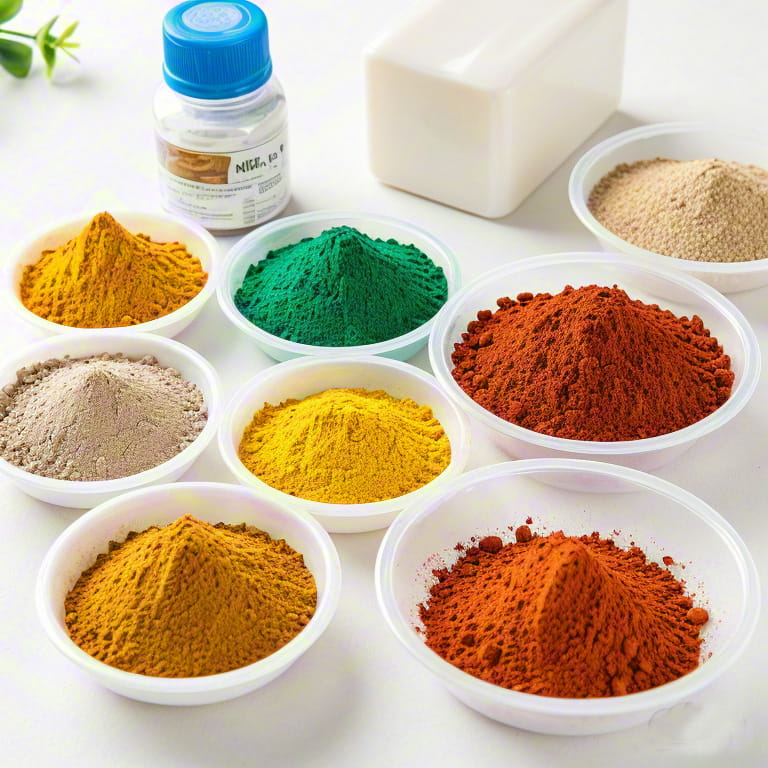


In modern industry and manufacturing, adhesive as an important connecting material is widely used in electronics, automobile, construction and other fields. The design of adhesive formulation directly determines its performance, scope of application and production cost, while its production process is related to the quality and production efficiency of adhesive. This article will introduce the basic formulation and production process of adhesives to help related professionals better understand the production process of adhesives.

1. What is adhesive formulation?
Adhesive formulation refers to the proportion and selection of various types of ingredients in an adhesive, including the base material, solvent, thickener, plasticizer, curing agent and so on. The selection and proportion of each component will affect the adhesive bond strength, temperature resistance, chemical stability, rheology and other important properties of the adhesive.
1.1 The composition of the adhesive formula
Base material: the base material is the main component of the adhesive, usually determines the basic performance of the adhesive, such as epoxy resin, polyurethane, acrylic and so on.
Solvent: solvents are used to regulate the viscosity and fluidity of the adhesive, making it easier to coat. Common solvents include alcohols, ketones, ethers and so on.
Curing agent: Curing agent is used to initiate the chemical reaction of the adhesive, so that it cures and enhances the bonding strength. Common curing agents include amines, acids, etc.
Plasticizers and thickeners: Plasticizers can improve the flexibility of adhesives, while thickeners improve the viscosity of adhesives to facilitate construction.
Through precise proportioning and optimal selection of different components, adhesive formulations can provide the best performance in different applications.
2. Adhesive manufacturing process
Adhesive manufacturing process refers to how the adhesive is mixed, formulated and processed during the manufacturing process. A good manufacturing process ensures stable performance of the adhesive and avoids undesirable reactions or quality problems during production.
2.1 Mixing process of adhesive
The mixing process of adhesive usually includes the following steps:
Pre-mixing: first of all, the base material and solvent according to the formula requirements for the initial mixing to ensure the uniformity of the adhesive.
Add curing agent and auxiliary components: add curing agent, plasticizer, thickener, etc. to the premix, and continue mixing to ensure that all components are fully dissolved or dispersed.
Adjustment of viscosity: Adjust the viscosity of the adhesive by controlling the amount of solvent added, so that it meets the actual application requirements.
Defoaming treatment: During the mixing process, the adhesive may contain air bubbles, so defoaming treatment is needed to avoid air bubbles in the curing process.
2.2 Adhesive dispersion and stabilization
Dispersion and stabilization are key factors in the fabrication of certain adhesives, especially when solid particles (e.g., fillers, reinforcements) need to be dispersed into a liquid base. Key techniques in the fabrication process include high speed mixing and ultrasonic treatment to ensure that particles are uniformly distributed and agglomeration is avoided.
2.3 Curing of the adhesive
Curing is the last important step in adhesive preparation. The curing process is usually done in two ways:
Heat curing: the curing agent in the adhesive and the base material through heating chemical reaction, complete the curing process. Heat curing is commonly used for epoxy and polyurethane adhesives.
UV curing: using UV light to irradiate the adhesive, so that it is quickly cured in a short period of time, widely used in some special industries, such as electronics and automotive industry.
3. Optimization and application of adhesive formulations
Different adhesive formulations need to be optimized according to specific application scenarios. For example:
Application in electronic industry: In electronic products, adhesives need to have good insulation, thermal stability and moisture resistance. At this time, epoxy resin adhesive or silicone is more appropriate.
Applications in the automotive industry: automotive manufacturing requires adhesives with high bonding strength, high temperature resistance and vibration resistance. Polyurethane and acrylic adhesives are often used for such needs.
Applications in construction: Adhesives in the construction industry often require high weather resistance and bond strength, and commonly used adhesives include polymer-modified cementitious adhesives.
4 Conclusion
In summary, the reasonable design and optimization of adhesive formulations and production processes have a great impact on adhesive performance. By reasonably selecting components such as base materials, solvents and curing agents, and adopting advanced fabrication processes, adhesives can be produced to meet different needs. For each application, optimized formulations and processes can ensure the efficiency and reliability of adhesives in actual use.
In the production of adhesives, the choice of formulation and process is directly related to the final quality of the product. In order to obtain high-quality adhesives, manufacturers need to continuously optimize their formulations and production processes to meet the needs of different markets.
Email to this supplier